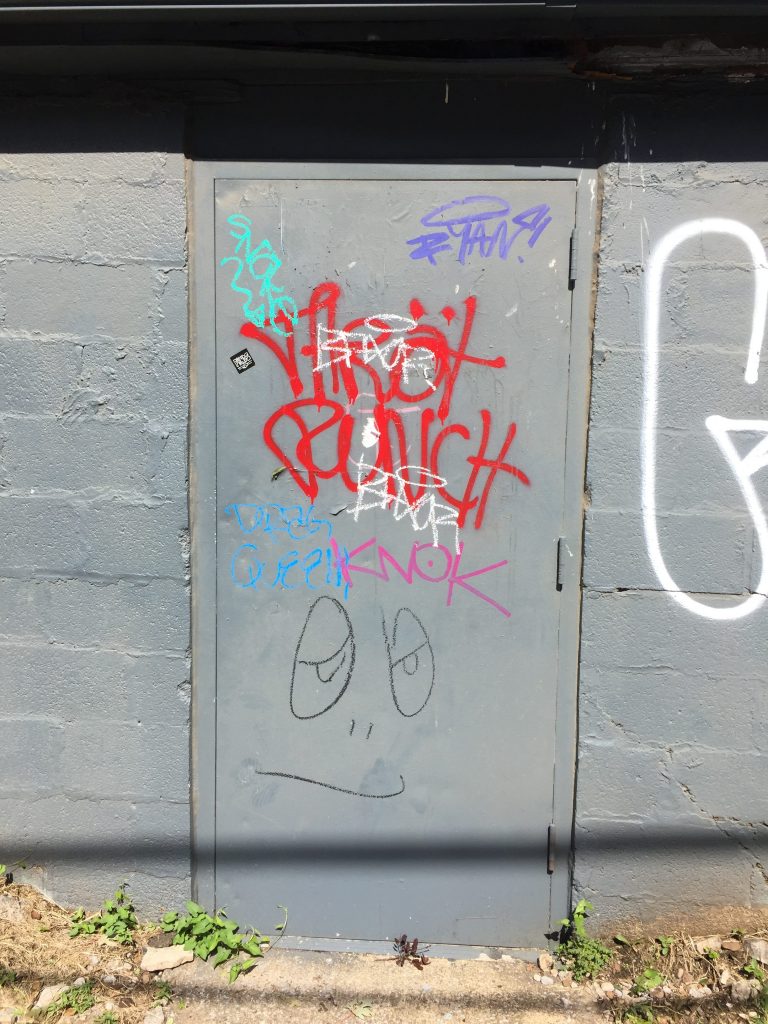 There’s a relatively new idea among art historians, and if you’re rolling your eyes and thinking this is some dry, abstract, wordy theorizing that has no connection with the way non-academics think about art, bear with me. It’s some dry, abstract, wordy theorizing that has kind of a cool connection with how non-academics think about art. It’s called paradoxical history, although as some critics have pointed out there’s nothing paradoxical about it. Paradoxical history essentially considers art history backwards, going from newest to oldest, kind of like when I search my email for something and most of the time I start with the most recent messages first because they’re probably where the problem is, unlike the older messages which are problems that have already been swept under the rug, but that’s another story.
There’s a relatively new idea among art historians, and if you’re rolling your eyes and thinking this is some dry, abstract, wordy theorizing that has no connection with the way non-academics think about art, bear with me. It’s some dry, abstract, wordy theorizing that has kind of a cool connection with how non-academics think about art. It’s called paradoxical history, although as some critics have pointed out there’s nothing paradoxical about it. Paradoxical history essentially considers art history backwards, going from newest to oldest, kind of like when I search my email for something and most of the time I start with the most recent messages first because they’re probably where the problem is, unlike the older messages which are problems that have already been swept under the rug, but that’s another story.
The idea got me thinking about the first art appreciation class I ever took in high school, the one that really got me interested in art history in the first place. The class started with Impressionism which was an okay place to start although Impressionism didn’t just happen, and neither did any other art movement in history. Anyway it then went through Post-Impressionism and Fauvism and took kind of a leap to Cubism and a quick detour into Expressionism, then things kind of fall apart with Dadaism and Surrealism which were also literary movements, and, oh yeah, there were also a couple of wars in there, and then things kind of settled back down into Abstract Expressionism and Pop Art and that’s where the class ended.
These movements were treated as links in a chain but the reality is that art history—like regular history—is messy and complicated with a lot of overlapping events.
Paradoxical history reflects one of the benefits and problems with studying art history, or even just art, in the here and now. Do you remember the first work of art you ever saw? Probably not. You probably don’t even remember most of the works of art you’ve seen throughout your lifetime and yet you’ve probably seen a lot of art. You may even have some pretty strong opinions about some of it not really being art, but whether you think it’s art or not it’s still influenced how you look at and think about art. It hasn’t exactly been in a straight line—almost everyone gets a mix of old and new and various art movements—but paradoxical history is a way of understanding how we got from here to there, and how, whenever you look at any work of art now, what you see is layered with the influence of every other work of art you’ve ever seen, as well as the whole collection of your own experiences, your own perspectives.





I’m going back in time to leave a comment about a post I read and loved two days ago. Thanks for your artistry, Chris.
We are lucky to live in a time when our understanding of the here and now is so well-informed by our past.
I don’t remember the first piece I’d art I saw but I do vividly remember the first pierce of Henry Moore art I ever saw. I was about 7 and it was in the Tate Gallery in London. I stood in front of it and said very disparagingly to my parents, “What on EARTH is THAT?” And a very elderly, aristocratic looking woman beside me clutched at her throat in horror and said, in a very exaggerated whisper, “That’s a Henry Moore!” The words ‘you stupid child’ were not spoken out loud. To this day I am not keen on his work.
That’s understandable that you’re not very keen on his work and it’s one of the problems with the way art is taught. Art should never make you feel stupid. At the very least the people who talk to you about art should never make you feel stupid.